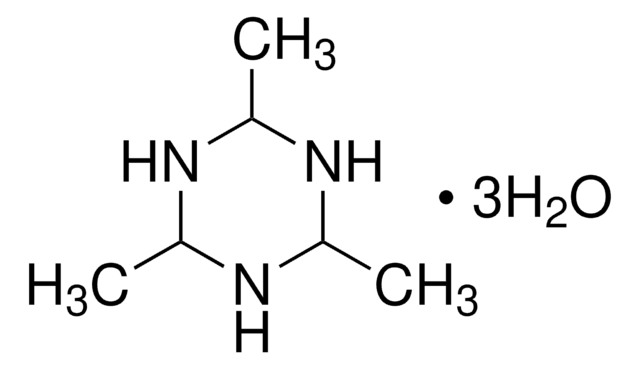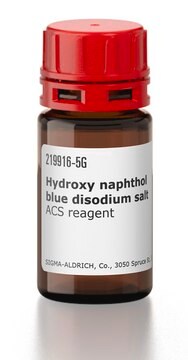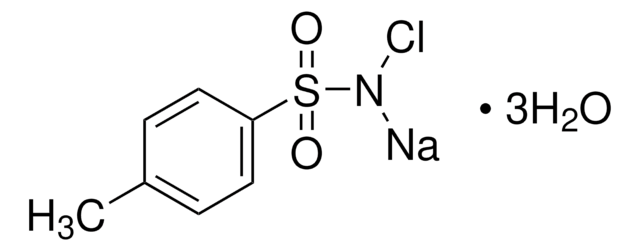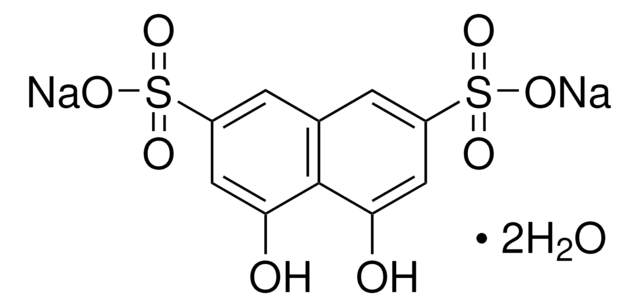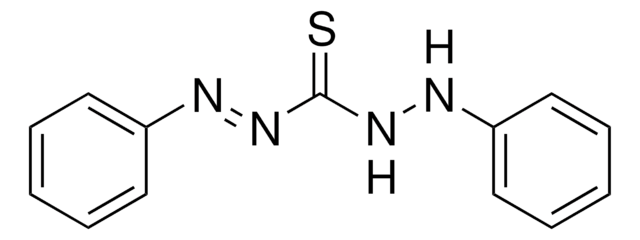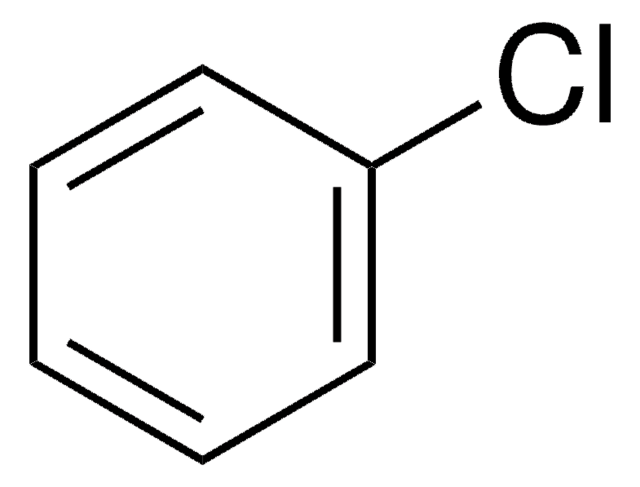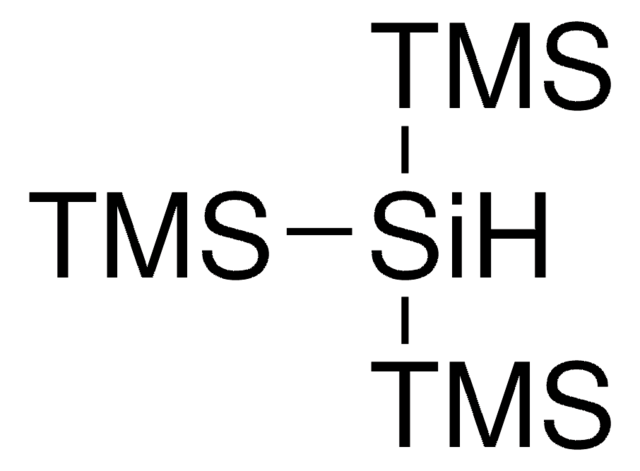201316
Quinaldine Red
Dye content 95 %
Synonyme(s) :
2-(4-Dimethylaminostyryl)-1-ethylquinolinium iodide
About This Item
Produits recommandés
Forme
powder or crystals
Niveau de qualité
Composition
Dye content, 95%
Technique(s)
titration: suitable
Solubilité
ethanol: 1 mg/mL, clear, dark red
λmax
528 nm
Application(s)
diagnostic assay manufacturing
hematology
histology
Température de stockage
room temp
Chaîne SMILES
[I-].CC[n+]1c(\C=C\c2ccc(cc2)N(C)C)ccc3ccccc13
InChI
1S/C21H23N2.HI/c1-4-23-20(16-12-18-7-5-6-8-21(18)23)15-11-17-9-13-19(14-10-17)22(2)3;/h5-16H,4H2,1-3H3;1H/q+1;/p-1
Clé InChI
JOLANDVPGMEGLK-UHFFFAOYSA-M
Vous recherchez des produits similaires ? Visite Guide de comparaison des produits
Catégories apparentées
Application
Actions biochimiques/physiologiques
Code de la classe de stockage
11 - Combustible Solids
Classe de danger pour l'eau (WGK)
WGK 3
Point d'éclair (°F)
Not applicable
Point d'éclair (°C)
Not applicable
Faites votre choix parmi les versions les plus récentes :
Déjà en possession de ce produit ?
Retrouvez la documentation relative aux produits que vous avez récemment achetés dans la Bibliothèque de documents.
Les clients ont également consulté
Notre équipe de scientifiques dispose d'une expérience dans tous les secteurs de la recherche, notamment en sciences de la vie, science des matériaux, synthèse chimique, chromatographie, analyse et dans de nombreux autres domaines..
Contacter notre Service technique

